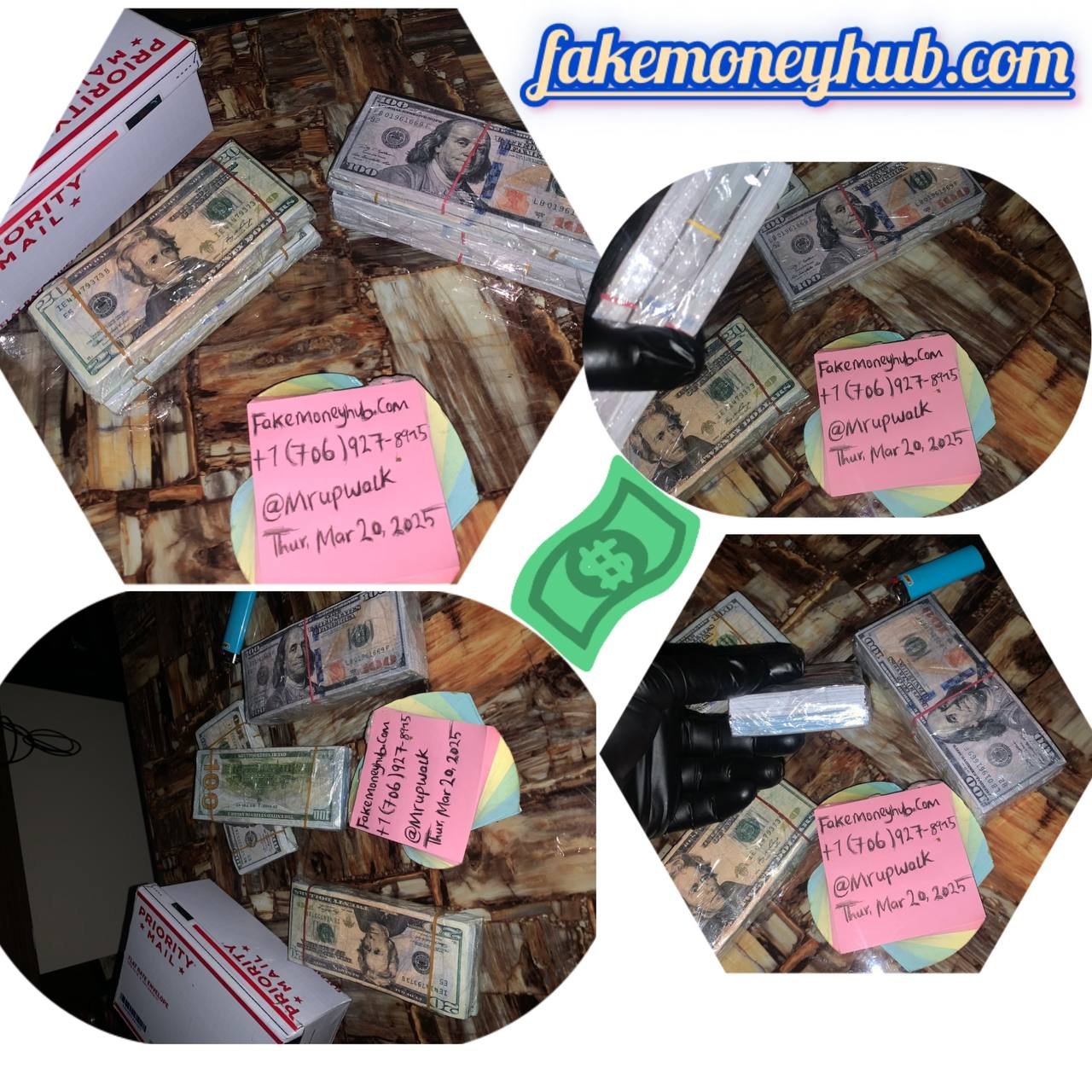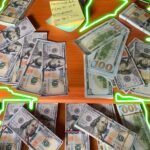Counterfeit Money That Looks Real problem refers to the circulation of fake currency notes that resemble authentic currency but are produced through fraudulent means.
Counterfeit bills are illegal, and their presence in the economy can have a significant negative impact. The problem involves various challenges related to detection, prevention, and the economic consequences of these Fake Bills.
Here’s a breakdown of the details surrounding the counterfeit bill issue:
1. Production of Counterfeit Bills
-
Methods: Counterfeiters use different methods to produce fake money. These can range from printing fake bills using high-quality printers, copying real bills through photocopying, or using advanced technologies like digital printing.
-
Materials: Counterfeiters often try to mimic the material used in genuine banknotes, such as specialized paper, holograms, and watermarks. However, they typically fall short in replicating these features with the same level of detail or quality.
2. Challenges in Detection
-
Sophistication of Counterfeiting: As printing technology improves, counterfeit bills can sometimes appear almost identical to real currency. Counterfeiters may employ techniques like color-shifting inks, microprinting, and other features that make detection harder.
-
Detection Methods: There are several ways to detect Counterfeit Bills:
-
Visual Inspection: Look for features such as watermarks, security threads, and microprinting.
-
Feel the Texture: Real bills have a unique texture due to the special paper used.
-
UV Light: Under ultraviolet light, certain security features on real bills become visible.
-
Magnetic Ink: Some currencies use magnetic ink to print certain elements, which can be detected by special machines.
-
Machines: Automated bill validators and counterfeit detection machines are commonly used in businesses and financial institutions.
-
3. Consequences of Counterfeit Bills
-
Economic Impact: The circulation of counterfeit currency reduces the value of money in an economy. It leads to inflation, a loss of public confidence in currency, and increased costs for businesses and the government to detect and remove fake bills from circulation.
-
Loss of Trust: Counterfeit money That Looks Real can undermine trust in the financial system. When people can’t distinguish between real and fake money, they may avoid using cash or prefer digital transactions, which can disrupt the economy.
-
Impact on Businesses: Businesses may face financial losses if they unknowingly accept counterfeit bills. Furthermore, they may incur additional costs in purchasing counterfeit detection systems or training staff to identify fake bills.
-
Legal Penalties: Producing or circulating counterfeit money is a criminal offense in most jurisdictions, carrying significant legal penalties, including fines and imprisonment.
4. Prevention and Legal Measures
-
Security Features: Governments around the world have introduced sophisticated security features in their currency, such as holograms, watermarks, color-shifting inks, security threads, microprinting, and RFID tags. These features make it harder for counterfeiters to replicate the currency.
-
Public Awareness: Raising awareness about how to spot counterfeit bills is a key strategy for prevention. Governments and financial institutions often provide information on how to identify real currency.
-
Law Enforcement: Governments typically invest in law enforcement agencies, forensic experts, and technology to track and apprehend counterfeiters.
-
Collaboration Between Nations: Counterfeit bills can circulate across borders. International coopera tion and sharing of intelligence between law enforcement agencies help in curbing the Counterfeit money That Looks Real trade.
-
Technology Solutions: Many businesses and financial institutions employ advanced counterfeit detection systems, including high-tech machines that can scan and authenticate currency at a much faster rate than human inspection.
The counterfeit bill problem is an ongoing challenge in many economies. Governments and financial institutions continue to develop new measures and technologies to combat the problem, while businesses and individuals must remain vigilant.
Continuous innovation in currency security features, along with education on how to spot fake money, is key to mitigating the impact of counterfeiting.



